Nespresso’s Grands Crus are the result of a harmony between soil, climate and location.
Like our own personalities, Nespresso’s Grands Crus are influenced by their environment.
Terroir — the soil, climate and location of where coffee is grown — has a big effect on a coffee’s taste and character. (Unlike us, some coffees love being caught in a downpour.)
Terroir
Country origin terroir refers to the soil, climate and location where coffee is grown. It has a profound effect on a coffee’s taste and character.
Below, we walk you through six very contrasting country origin terroirs and the distinct coffee flavours they produce.
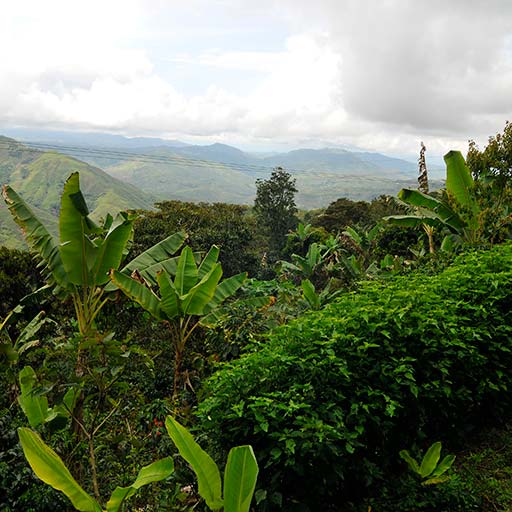
COLOMBIA
Colombia, for example, produces fine washed Arabicas that are grown at a very high altitude right on the equator. There’s also tons of rain. The result is very fine acidity and lots of fruit notes, which is why we use Colombian Arabicas in so many of our coffees, like our Rosabaya de Colombia coffee.
Washed Arabica
A washed Arabica is one that’s been processed by the wet method. The coffee cherries are pulped to removed their skin and flesh, then left to ferment. Once fermented, they’re washed to remove any traces of flesh before being dried.
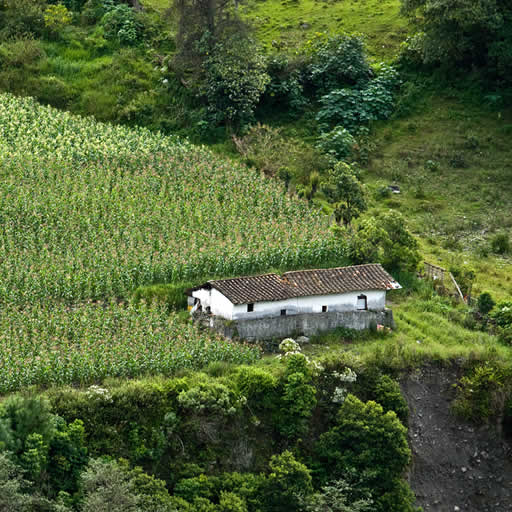
BRAZIL
It’s a totally different story in Brazil, the world’s largest coffee producer. Much of the coffee here is grown in low, incredibly dry regions, which helps to bring out its cereal notes. We use it as a base in lots of our coffee blends.
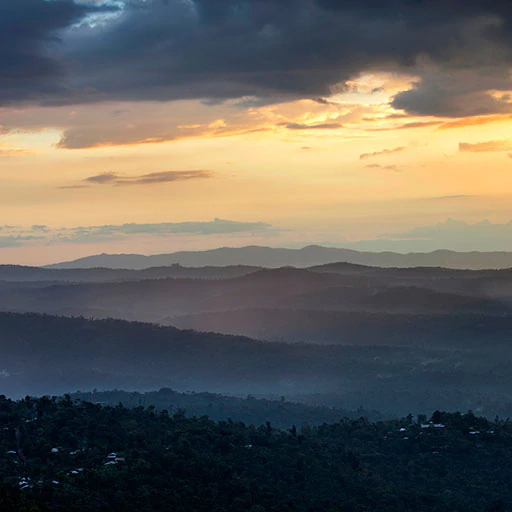
ETHIOPIA
The birthplace of Arabica is pretty remarkable. It has a high number of very distinct plants, which, because they’ve been around for hundreds of years, have very marked flavour profiles, including blueberry, bergamot, peach and citrus. Try our floral Bukeela ka Ethiopia coffee and you’ll see what we mean.
The birthplace of Arabica is pretty remarkable.
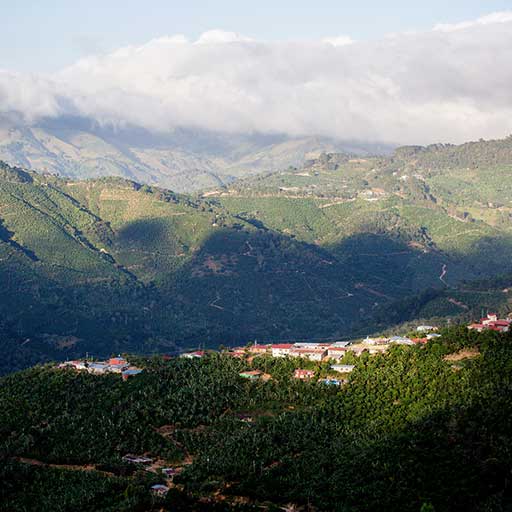
COSTA RICA
Costa Rica is blessed with bounteous sunshine and heavy annual rain – two of the things coffee loves. Its soil is highly volcanic, and some of the volcanoes are still alive today, so you can see why coffee is happy growing there. The main region we buy our coffee from goes up to as high as 1,600 metres above sea level and can have as much as 3,000 millimetres of rain a year. Costa Rica is generally known for its citrus notes, but the region where we source beans produces coffee that has more malty notes and develops cocoa flavours once roasted. You’ll find them in our intense and creamy Arpeggio.
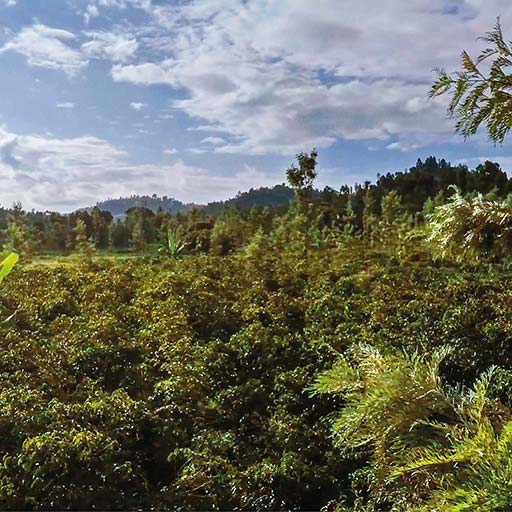
KENYA
Kenya has a perfect terroir. It’s at a very lofty 1,500–2,100 metres above sea level; it sits directly on the equator so has equal amounts of night and day with sun beaming straight down onto the growing terrain; it’s filtered by high-altitude tropical cloud cover and shade – perfect coffee weather – and it has extremely volcanic soils and hence mineral-rich top soils for coffee to grow in. Kenyan coffee has extraordinary acidity and can have citrus as well as rich cassis-like notes. Our Cosi coffee owes its touch of ripe fruitiness to its splash of Kenyan Arabicas.
Kenyan coffee has extraordinary acidity and can have citrus as well as rich cassis-like notes.
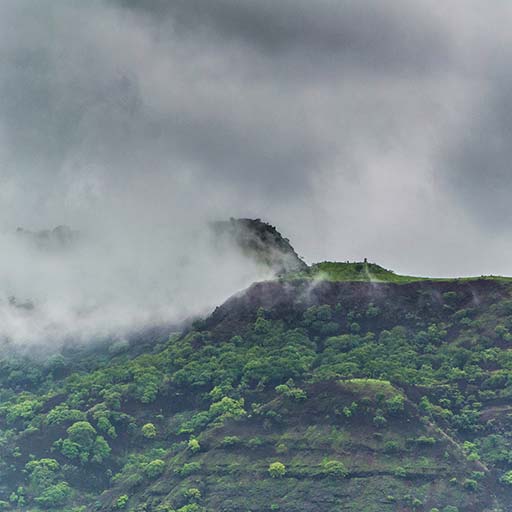
INDIA
In order to earn a second income, farmers intercrop their coffee with spices. Pepper vines even grow up coffee trees here. Indian coffee can be on the spicy side.
We could go on and on, but we’ll save you. Rest assured that every terroir around the world produces its own unique flavour profile and we work with our farmers to help them bring out these special notes.
